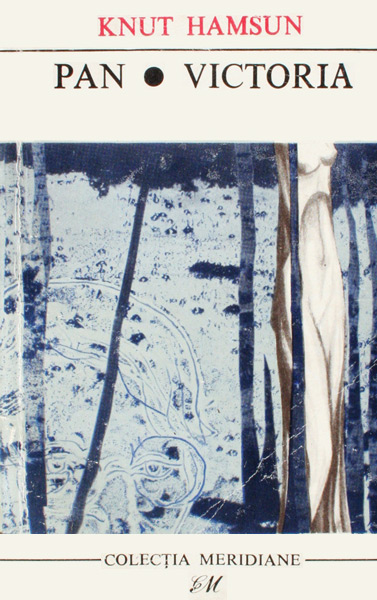

I had never read Rousseau (and still haven’t read more than bits). The handsome lieutenant is ever on the hunt for females, and they find him: the island’s small harbor-town is full of maidens, who respond to him as if to some night-flower exuding delicious nectar. The second shock is how out of control, sexually out of control, are these 19th-century Norwegian Lutherans. Nature apprehended with a full if unstable sensorium: this is the first shock of Pan, Glahn’s tender, ecstatic, yet often amused response to the natural world. The madly bursting, insanely concentrated Arctic summer is upon him, and he fishes and hunts, reading meanings in the markings on the powdery wings of giant moths that come out in the undark nights. Thomas Glahn, is living alone in a forest hut on a wilderness island.

A few weeks later, at sea, standing uncertainly on quivering legs, with many hours of little or nothing to do aboard-the steward had warned me to stay out of sight when not with a mop in my hands, and to work slower, by God, on this unionized ship-I find the paperback at the bottom of my duffel. One is Pan, by the Norwegian Knut Hamsun (1859–1952), someone heretofore unknown to me. It worked for Melville, for Richard Henry Dana, for Jack London … I get a berth on a ship out of Oakland, and in the two weeks before we sail I go the rounds of my scruffy friends, hinting at dangers to come for the daring young adventurer.Ī guy in a bookstore in Palo Alto recommends some books to take along. I’m living in Berkeley, my impersonation of a graduate student in history falling apart. Penguin Publishing Group ( Sep.March 1970.

This superb new translation restores the power and virtuosity of Hamsun's original and includes an informative Introduction. PAN provides a lyrical, yet disturbing, analysis of love and the recesses of the psyche.

About the Book Find at your local library Description First published in 1894, Knut Hamsun's PAN recounts Thomas Glahn's retrospective narrative of his life and adventures in the Norwegian woods.


 0 kommentar(er)
0 kommentar(er)
